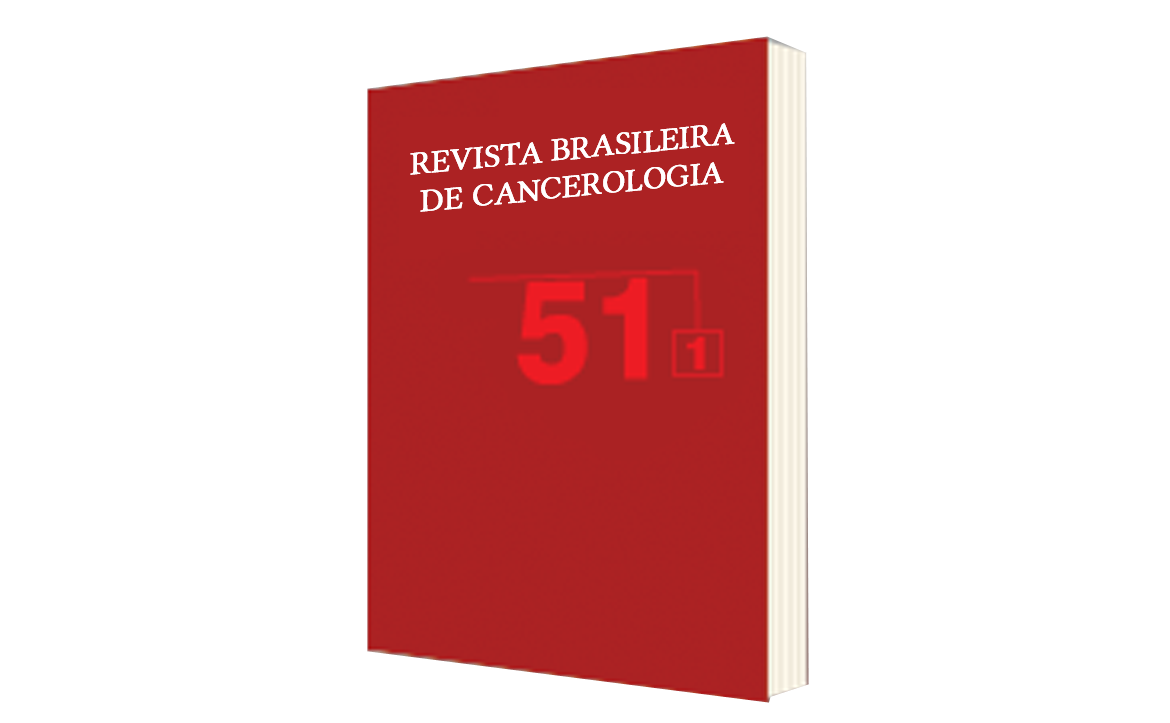In Vitro Gliosarcoma 9L Cells Response after Photodynamic Therapy Using Bioluminescence Imaging
DOI:
https://doi.org/10.32635/2176-9745.RBC.2005v51n1.1988Keywords:
Photodynamic therapy, Bioluminescence, Gliosarcoma, Luciferase, Protoporphyrin IX, Aminolevulinic acidAbstract
Objectives: The present study aims to demonstrate the initial results of the use of Bioluminescence Imaging technique (BLI) as a mean to monitor the tumor treatment response after aminolevulinic acid-Photodynamic Therapy (ALA-PDT) in rat gliosarcoma 9L cells. Methods: In the present study, the rat gliosarcoma 9L cells were transfected with a plasmid containing the luciferase gene, allowing this cell to produce luciferase protein, one of the substrates for the bioluminescence reaction. In the present study PDT was performed using different light and ALA doses. To validate the bioluminescence imaging technique as a mean to monitor the tumor cell response and to verify the correlation between cell death and the bioluminescence signal, Sulphorodamine B colorimetric assay (SRB) was used. Results: The results from the present study showed excelent correlation between the number of cells and the bioluminescent signal (R2 = 0.996). The SRB viability assay showed an excelent correlation between the relative number of surviving cells after PDT and the bioluminescent signal, confirming that the bioluminescence imaging could be used as a reliable technique to monitor the tumor cell response after PDT. PDT treatment showed that cell tumor cell death induction varies with the light and photosensitizer doses. Thus, higher PDT doses resulted in higher levels of cell death rate in vitro observed by bioluminescence imaging technique 48 h after PDT. Conclusions: The present study demonstrates that BLI could be used to study the tumor response after PDT treatment. Future work using in vivo models are currently ongoing to validate this technique.









